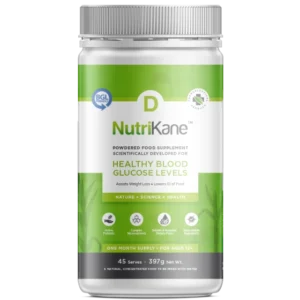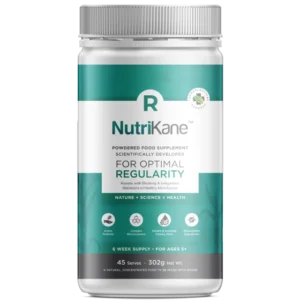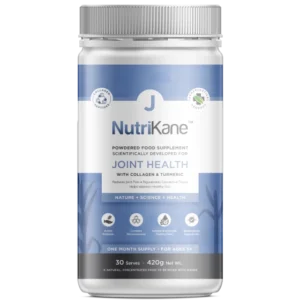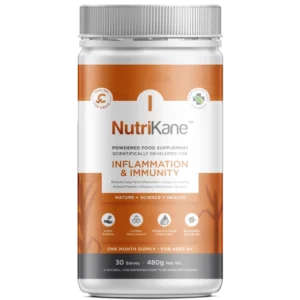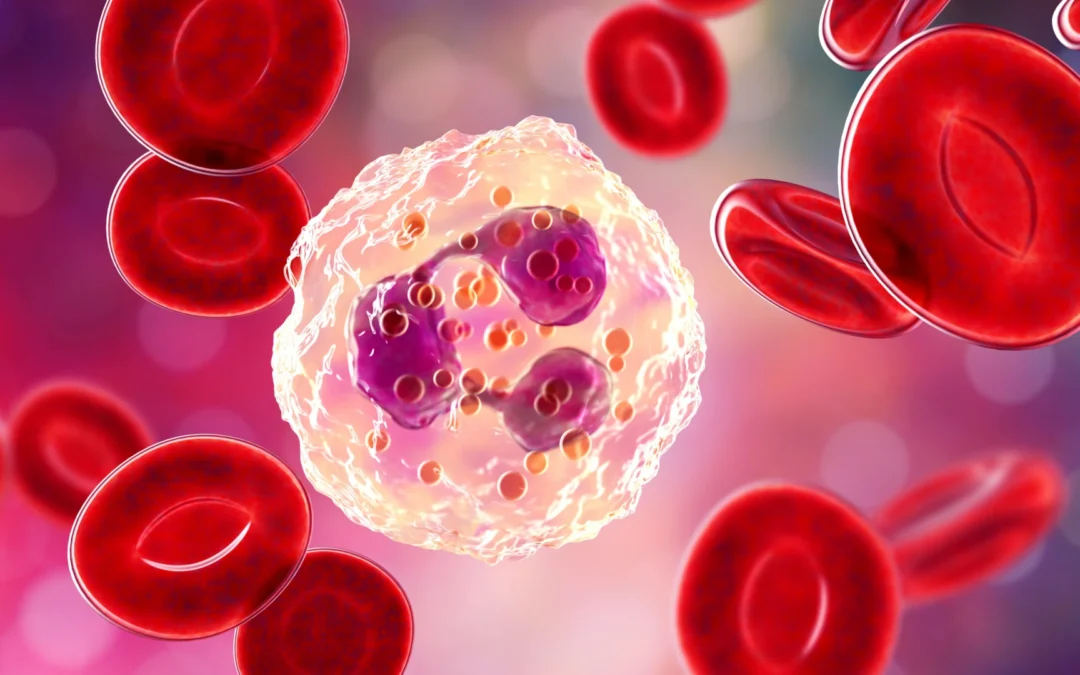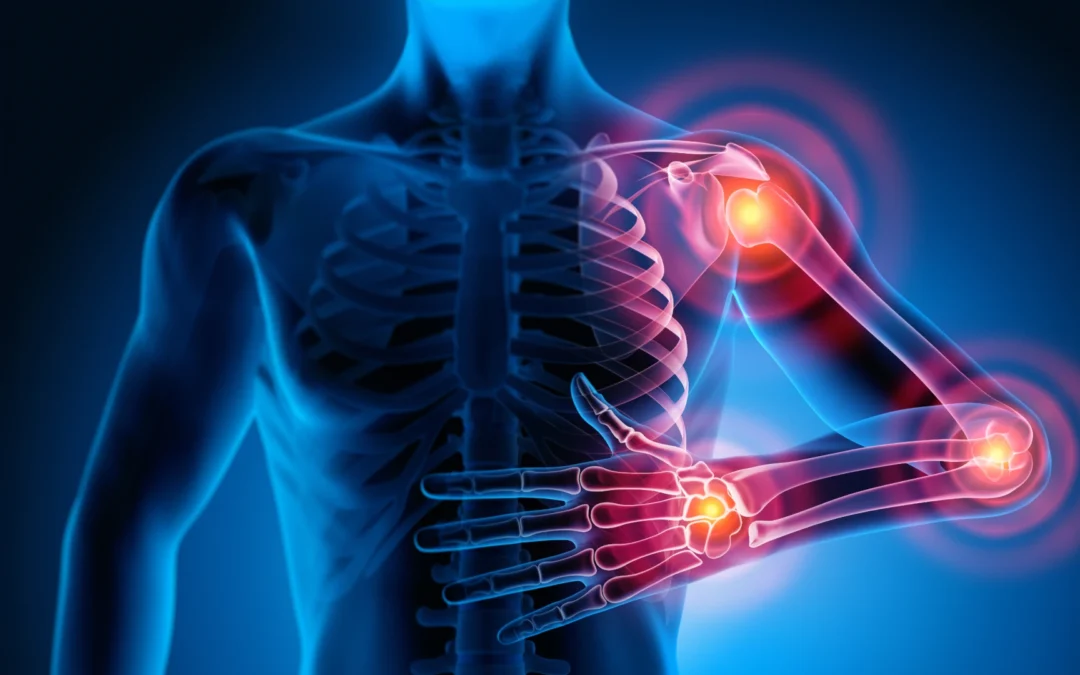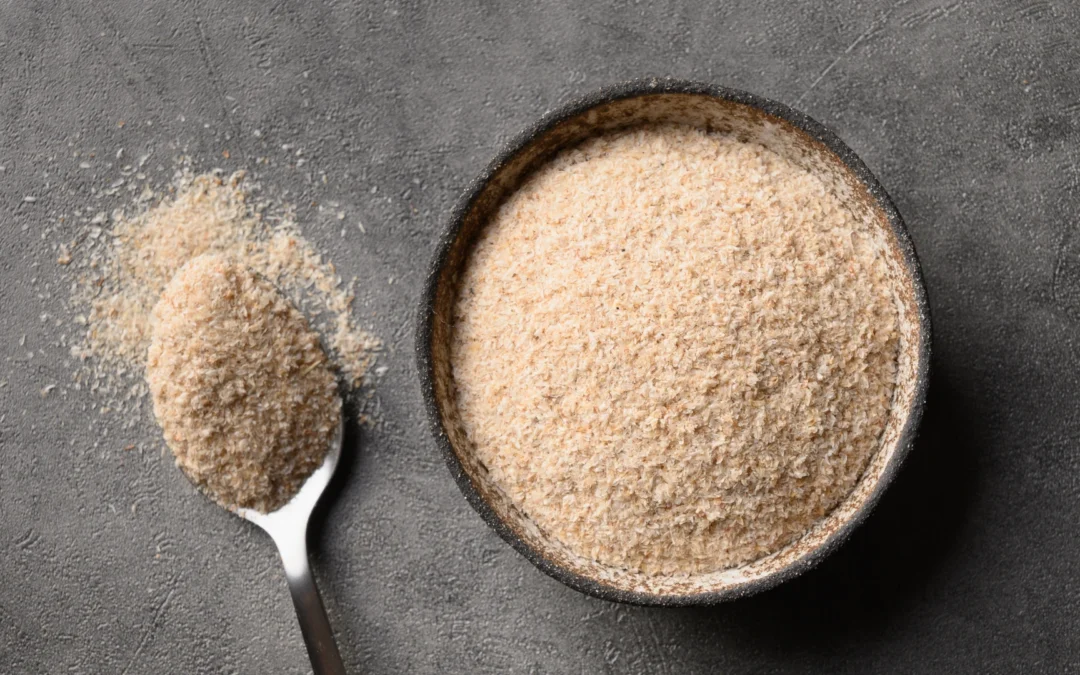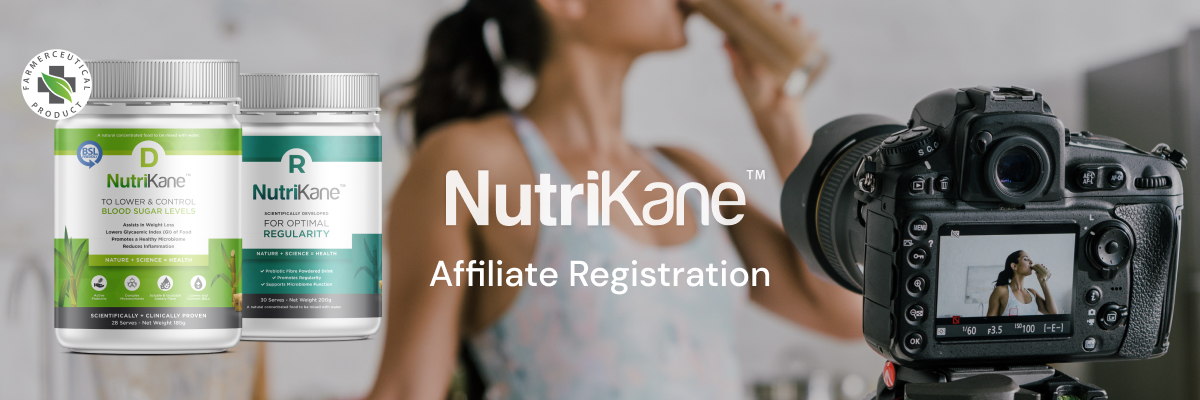Joint pain can hinder you from living a full and active lifestyle, whether you are a sportsperson with an injury or getting older. We have some practical tips on food, exercises, and beyond that can assist you in knowing how to reduce joint pain and enhance your joint health from head to toe.
General recommendations to reduce joint pain
There are a few broad recommendations that can be implemented to reduce joint pain in all parts of the body. These include:
Over-the-counter pain relievers
Simple analgesia such as ibuprofen or paracetamol/acetaminophen can be useful. Always follow the recommended dosage and never take it for extended periods, particularly ibuprofen.
Hot and cold packs
Everyone experiences pain uniquely. What one person finds soothing, another can find irritating. Consider utilising hot or cold packs either exclusively or alternate. Apply to the affected joint for 15 to 20 minutes several times daily. This usually helps reduce swelling, improves circulation and decreases pain.
Maintain a healthy weight
Excess weight stresses joints, especially the hips, knees and feet. Losing just 10 kg in weight can significantly reduce the wear and tear on your joints, improve mobility, immediately lower pain and prevent future damage to your joints.
Exercise regularly
Exercise is one of the most effective ways to reduce joint pain and improve joint health. Gentle, low-impact activities such as swimming, walking, cycling and tai chi are great choices.
Eat a healthy, balanced diet
A balanced diet is vital for your overall health. But Food-as-Medicine can be used to specifically target the reduction of pain and inflammation.
Focusing on eating foods rich in anti-inflammatory compounds, immune-boosting antioxidants and prebiotics can drastically improve symptoms and thwart inflammatory disease progression. It is also essential you avoid the consumption of processed foods high in sugar and unhealthy fats.
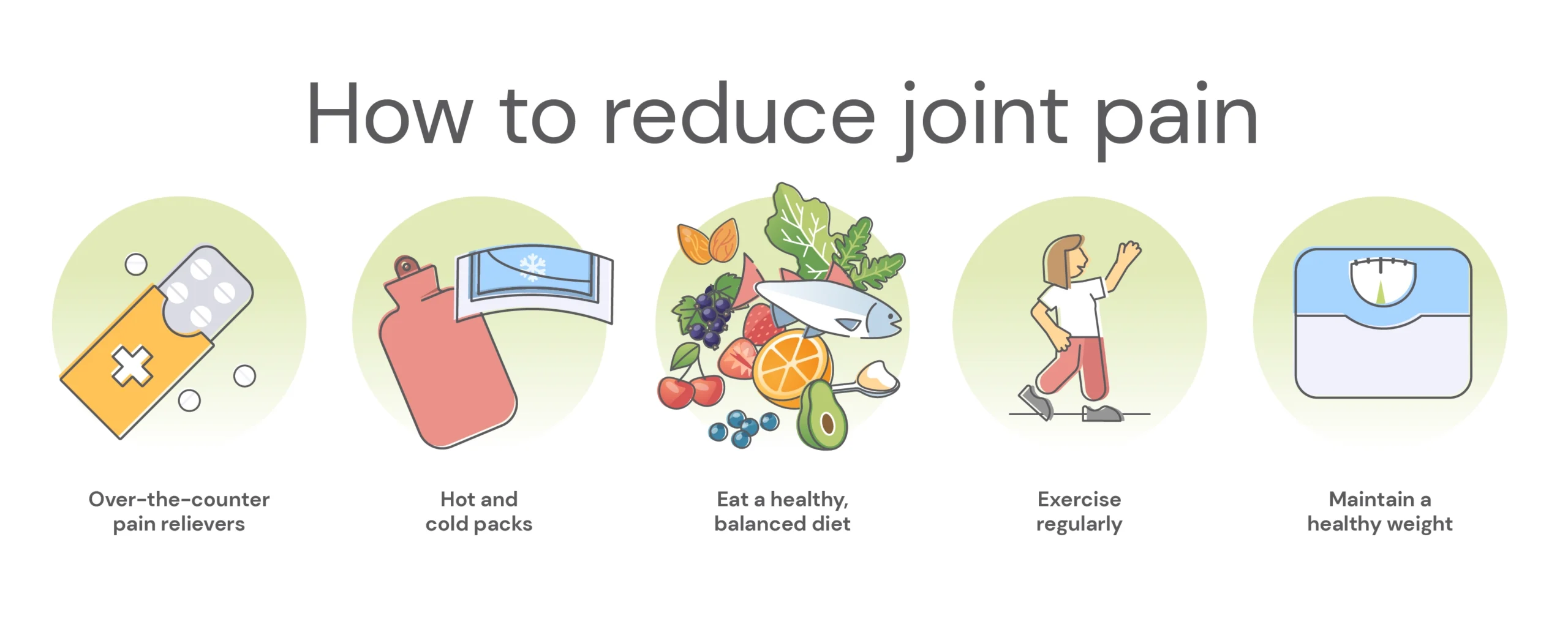
Specific recommendations to reduce joint pain
How to reduce joint pain in the jaw
Arthritis in the mandible joint can cause unbearable discomfort, making even simple tasks like eating a sandwich extremely painful.
Solutions
- During periods of jaw pain, eat softer foods and cut them into smaller sizes to minimise chewing.
- Avoid chewing gum. The repetitive action only exacerbates the pain.
- Floss to prevent gum disease that exacerbates pain, and speak with a dentist to discuss the possibility of using a splint at night to help reduce continuous grinding or clenching.
- Avoid clenching the jaw and supporting a phone between your ear and neck. Prolonged positions often cause pain and stiffness.
- Practice clenching and relaxing your jaw several times to reduce pain and improve your range of motion.
Neck Pain
Navigating your daily life can become a challenge when dealing with neck pain. Although avoiding neck twists might seem like a way to ease the discomfort, it actually increases the stress on your shoulders and back, leading to pain that can be just as intense.
Solutions
- Practicing good posture helps reduce the stress placed on your neck joints. Sit and stand with your shoulders back and down and your head and neck aligned with your spine.
- Invest in a cervical pillow for better neck support while you sleep.
- Use gentle range of motion exercises like neck stretches and rotations to prevent loss of motion and decrease stiffness and pain.
- Avoid long periods of sitting in one position by taking frequent breaks and stretching the neck regularly to reduce strain and prevent stiffness.
Elbow Pain
Dealing with elbow pain can significantly impact your ability to carry out daily activities. To alleviate discomfort, many people tend to keep their elbows bent. However, holding a joint in a bent position for an extended period can lead to muscle shortening on one side, potentially hindering your ability to fully straighten the joint in the future.
Solutions
- Attempt gentle range of motion exercises after your daily shower.
- Speak with a physio or occupational therapist about braces and splints used to reduce strain on the elbow joint.
- Avoid repetitive motions or heavy lifting, with gradual increases in physical activity as elbow pain improves.
- Consider acupuncture used in traditional Chinese medicine clinics. A similar treatment, called dry needling, is available in some physiotherapist clinics. It’s based on human anatomy and neurophysiological principles.
Wrist Pain
Joint pain in the wrists can make simple movements like making a fist or picking up items complicated,
Solutions
- Consider seeing an occupational therapist to make a custom splint that will give you support to reduce pain yet allow you to perform tasks. You can also get a nighttime resting splint to provide extra support and prevent deformity.
- Perform gentle stretches or yoga moves to enhance the range of motion in the wrists.
- Partner with a physiotherapist to strengthen the muscles on the back and side of the arm to help support your wrist.
- Avoid repetitive motions or heavy lifting.
Finger Pain
Painful fingers make it difficult to perform fine motor skills such as picking up objects or even holding a pen.
Solutions
- Use soft grip covers when writing. You can purchase these at any stationary store.
- Consider opting for a computer rather than writing by hand. Additionally, utilise voice recognition technology on your computer or mobile device if typing becomes challenging.
- Improve the dexterity of your fingers by massaging Play-Doh or using a stress ball.
- Use topical creams such as capsaicin cream. This can help relieve pain in the finger joints.
- Consult an occupational therapist to discover any assistive devices, such as splints, ergonomic tools or adaptive equipment that can help reduce strain on the finger joints and relieve pain.
Hip Pain
Hip pain makes it difficult to walk, climb steps, and sit for long periods. It can also significantly affect your sleep.
Solutions
- Perform range of motion and stretching exercises to retain flexibility in all parts of the hip, relieve overall pain and minimise the chance of additional injury.
- Regular low-impact exercises such as walking, cycling and swimming can help improve hip flexibility and strength.
- Consult a physiotherapist to devise an exercise plan to improve your range of motion. Many physiotherapists can also perform dry needling.
- Weight management is essential for hip pain, as a healthy weight can reduce stress on the hips and pelvis, relieving pain.
Knee Pain
Knee pain and stiffness can make it difficult to walk, straighten the knee, squat, climb stairs, or even stand for significant amounts of time.
Solutions
- When experiencing knee pain, rest with your knee straight and the heel elevated.
- Use a cane when walking on uneven surfaces or climbing stairs. A cane should be used in the opposite hand to the affected knee when walking.
- Weight training to improve your quadricep muscles for long-term knee support.
- Gentle exercises such as swimming, cycling, Pilates or yoga can help improve circulation, build strength and reduce pain.
- Consider getting a customised stretching program developed to improve flexibility and reduce knee pain.
- Have an occupational or physical therapist determine the best knee brace to help stabilise the knee, reduce pain and provide support.
- Weight management is essential in helping reduce knee stress to improve pain and promote healing.
Ankle Pain
Ankle pain is common and often requires support if the joint becomes weak after prolonged periods of pain.
Solutions
- Wear comfortable shoes with good arch support and cushioning. Avoid high heels or tight-fitting shoes that put pressure on the ankles.
- In-shoe custom orthotics can support the foot’s structure, distribute pressure evenly across your feet and relieve pain when standing and walking.
- Strengthen the muscles in your ankles by performing ankle circles or specifically targeting them during yoga practice.
- Gentle exercises such as swimming or cycling can help improve circulation, build strength and reduce pain in the ankle. Focus on non-weight-bearing exercise.
- Perform exercises that stretch the calf and muscles around the ankles.
- Topical creams, such as capsaicin, can help reduce pain and swelling.
Foot Pain
If you’re experiencing foot pain, it is likely concentrated over the ball of the foot, hindering your ability to walk or lift your toes.
Solutions
- To alleviate pressure on the foot, insert a small cushion/pad under the ball of the foot in your footwear.
- Choose footwear with a low heel, spacious toe area and adequate arch support.
- Consider getting a podiatrist to make custom orthotics to distribute pressure evenly across your feet.
- Perform stretching every night to improve flexibility and reduce pain.
Joint pain, whether it is due to injury or arthritis, is frustrating and limiting. But there are simple and effective ways to reduce it. By maintaining a healthy weight, exercising regularly, stretching and eating a healthy, balanced diet, you can help to reduce joint pain and improve joint health.
If you find it challenging to incorporate the essential nutrients and foods into your diet, consider enhancing your current eating regime with Food-as-Medicine Nutrikane J or Nutrikane I.
With the right combination of lifestyle changes and treatment interventions, you can manage your joint pain and enjoy a more active and pain-free life.

